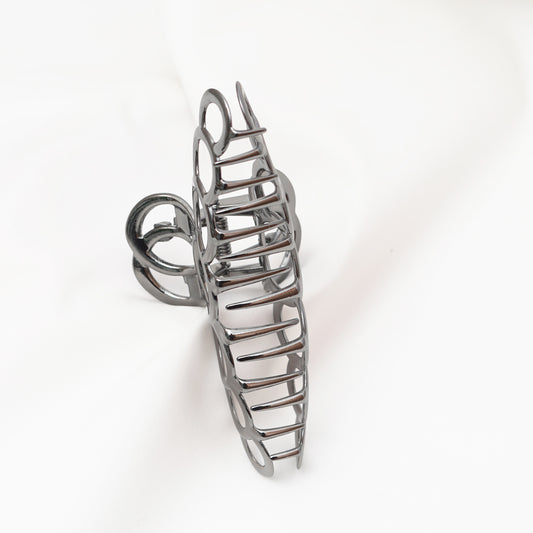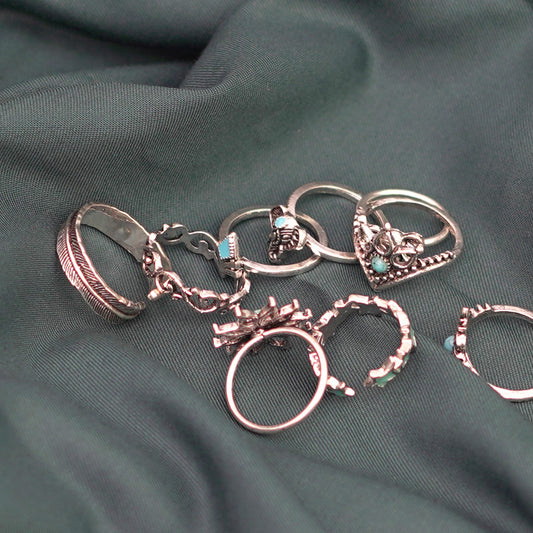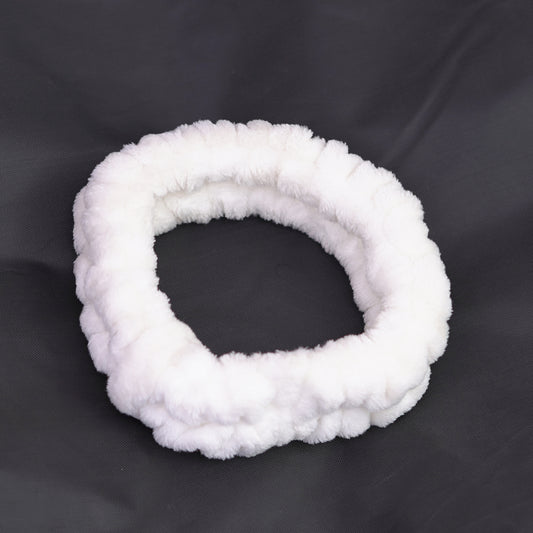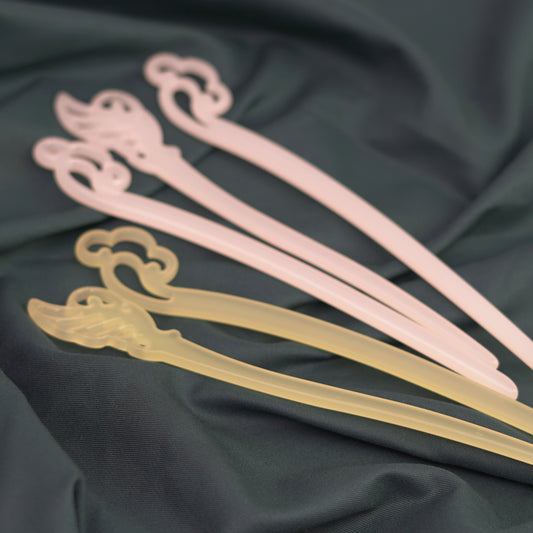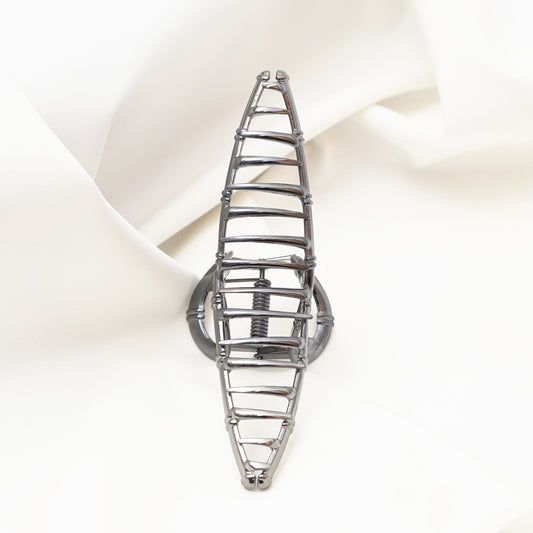Jewelry has always been more than just an accessory. From ancient civilizations to modern fashion runways, it has held deep cultural, emotional, and personal significance. For many, jewelry isn’t simply about beauty it’s about telling a story, showcasing individuality, and expressing identity. Whether it’s a family heirloom, a wedding ring, or a bold statement piece you picked for yourself, every item of jewelry you wear reflects a part of who you are.
In today’s world of fast fashion and endless trends, jewelry stands out as one of the most personal ways to express yourself. Let’s explore how jewelry plays a powerful role in self-expression and identity—and how you can use it to tell your own unique story.
1. Jewelry as a Reflection of Personality
The jewelry we choose often mirrors our personality. Minimalists may prefer delicate studs, simple chains, or sleek bangles, while extroverts might lean toward bold, colorful statement pieces. Someone who loves vintage jewelry often values nostalgia and history, while those who collect contemporary designs may prefer innovation and modernity.
Example: A person who wears a silver locket with a photo inside shows sentimentality, while another who stacks colorful gemstone rings highlights creativity and playfulness.
Your jewelry box can be seen as a silent diary—each piece representing who you are and what you value.
2. Jewelry as a Cultural and Traditional Identity
Across cultures, jewelry is an essential part of identity. From South Asian bridal sets and African tribal beadwork to Celtic knots and Native American turquoise jewelry, cultural designs carry centuries of heritage and meaning. Wearing such pieces not only connects us to our roots but also allows us to express pride in our cultural identity.
For instance, in South Asia, gold jewelry symbolizes prosperity and blessings. In contrast, Native American jewelry often features turquoise, a stone representing protection and healing. By wearing these pieces, people showcase their traditions and pass down cultural legacies through generations.
3. Jewelry and Emotional Connections
Jewelry often holds sentimental value that goes far beyond its price tag. It can carry memories, milestones, and emotions. A wedding ring represents eternal love, a graduation pendant symbolizes achievement, and a bracelet gifted by a loved one can remind you of cherished moments.
These emotional connections make jewelry deeply personal. When we wear these pieces, we’re not just accessorizing—we’re carrying a part of our life story with us.
Example: Heirloom jewelry passed down through generations doesn’t just accessorize an outfit it keeps family history alive.
4. Jewelry as a Tool for Confidence and Empowerment
The right piece of jewelry can instantly boost confidence. Just like the perfect outfit, jewelry can make you feel bold, elegant, or empowered.
Think about the power of a statement necklace during a business presentation, or how a pair of gold hoops can make you feel instantly stylish. Jewelry allows people to embrace different sides of themselves, whether they want to appear sophisticated, approachable, or fierce.
In fact, studies in fashion psychology suggest that accessories like jewelry influence not only how others perceive us, but also how we perceive ourselves.
5. Jewelry in Modern Fashion: Mixing Trends with Individuality
While fashion trends come and go, jewelry gives people the freedom to personalize those trends. Some may follow the latest craze of chunky chains or layered necklaces, while others mix and match timeless classics with modern designs to create their own unique look.
For instance, you might pair a traditional jhumka with a western outfit, or combine a pearl necklace with a casual T-shirt. This blend of styles shows that jewelry isn’t about rules it’s about how you want to express your individuality.
6. Jewelry as a Statement of Beliefs and Values
Many people use jewelry to symbolize their beliefs, values, or affiliations. Religious pendants, spiritual gemstones, and awareness bracelets all tell stories of what matters to the wearer.
For example:
-
A cross pendant represents faith.
-
A green stone bracelet may symbolize eco-consciousness.
-
Customized name necklaces highlight personal identity.
Jewelry in this sense becomes more than an accessory it becomes a symbol of the ideals and causes closest to the wearer’s heart.
7. The Future of Jewelry and Self-Expression
As fashion evolves, so does jewelry. With the rise of sustainable and ethically sourced jewelry, more people are making choices that reflect not only their style but also their values. Customized jewelry is also becoming increasingly popular, allowing individuals to create one-of-a-kind designs that showcase their unique stories.
In the future, jewelry will continue to be an intimate reflection of identity—blending tradition, innovation, and personal expression.
Final Thoughts
Jewelry is far more than decorative it’s a language of self-expression and identity. Every piece tells a story, whether it’s about culture, love, personality, or personal values. It allows us to carry memories, display our heritage, and showcase our individuality to the world.
When you choose jewelry, you’re not just choosing an accessory you’re choosing a reflection of yourself. And that’s what makes jewelry timeless.
